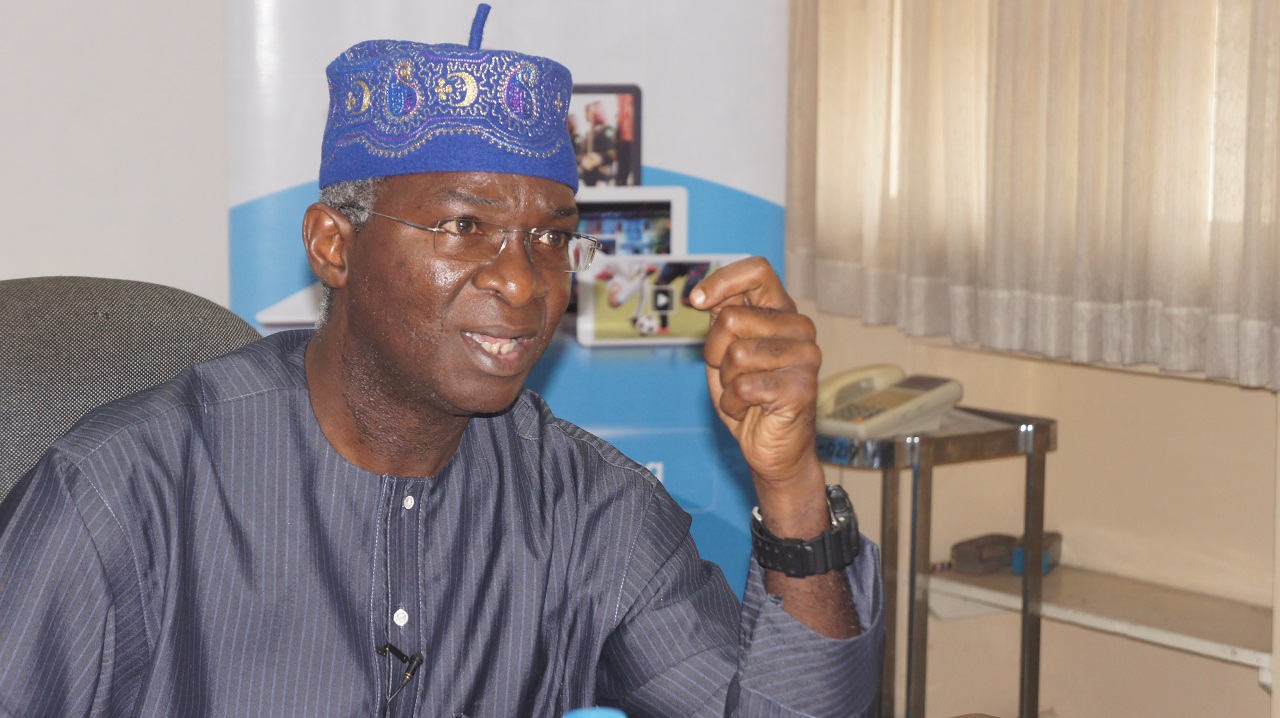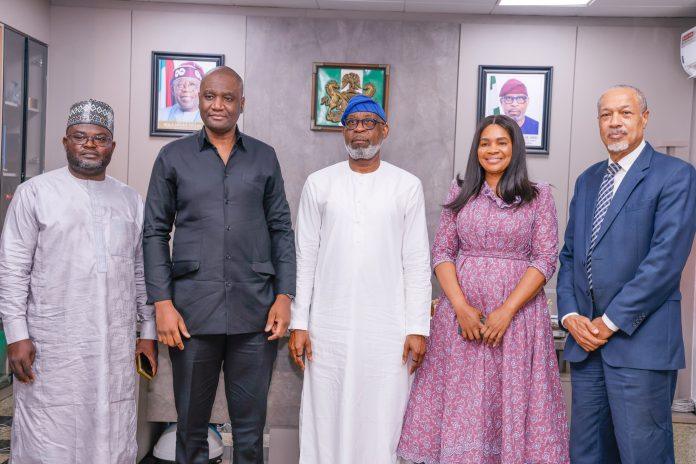Nigeria rolled out a document at the end of the first quarter articulating what it sees as its way out of a power supply quagmire that has held it down for decades. The Power Sector Recovery Programme (PSRP), admits the economy is shorting itself of $25 billion (N7.5 trillion at central bank exchange rate of N305/$1) yearly, due to irregular power supply, but its approach to resolving the issues that confront the sector has come under scrutiny.
Government’s attempts have focused all too long on the production side, against several calls for it to look deeply at the entire value chain and pay attention to the specific challenges each member in the chain faces. An accumulated power sector cash deficit from January 2015 to December 2016 amounting to N931 billion ($ 2.9 billion) remains to be cleared; this is apart from legacy debt from the sector’s privatisation in 2013.
This is the total amount underpaid by all the distribution companies (Discos) to Nigeria Bulk Electricity Trading Plc (NBET) for invoices submitted to each Disco for electricity delivered to their distribution networks. It includes losses incurred by the companies due to lack of a cost-reflective end user tariff.
All over the economy capacity utilization among companies remain low partly due to a lack of power as about 40% of their production cost is used generating electricity for themselves. Consequently, unemployment continues to rise in the country as power challenges and foreign exchange difficulties were cited as major reasons why 272 manufacturing firms shut operations in the country last year.
The yawning electricity supply gaps account for a heavy dependence on generators with daily consumption of petrol in the country as high as 49 million litres and diesel at 11 million litres in June.
But as the challenge of the lack of a cost reflective tariff is left unattended, power sector operators say the revenue shortfall that they face continue to adversely impact the ability of the Discos to make capital investments in metering, network expansion, equipment rehabilitation and replacements that are critical to service delivery.

Babatunde Fashola, Nigeria’s Minister of works, power and housing
Government continues to push to see how it can make money available to deal with the various funding problem afflicting the sector. For instance, it had disclosed that the World Bank group had expressed willingness to assist the power sector with $2.6 billion to settle some of its financial challenges, and that the International Finance Corporation and Multilateral Investment Guarantee Agency (MIGA) were to mobilize up to $2.7 billion to facilitate investment in the private sector in the country.
From generation, to distribution to collection, the entire chain is mired in crisis. Irregular electricity supply due to gas constraint remains one of the biggest challenges the sector faces, the impact of which is felt by the economy. For example, on June 2, 2017, average power sent out decreased to 3809Wh/hour due to gas supply challenges which constrained about 1718 MW of electricity.
According to a Nigeria Electricity Supply Industry (NESI) statistics, the reported line constraint was 147.5 MW while constraints from high frequency were 800MW. NESI added that the power sector lost an estimated N1.279 billion on June 2, 2017 alone due to different constraints.
The total gas supply indebtedness of power plants from January 2015 to December 2016 is N155 billion ($500 million). Supply has been erratic and low resulting in 1,400MW of constrained generation. The vandalism of oil and gas delivery infrastructure has also shut down gas production resulting in another 2,900MW of constrained generation.
Joy Ogaji, the executive secretary of the Association of Power Generation Companies, said that generating plants could no longer receive revenue that does not cover operation costs.
“History has shown in the past three decades how generating plants were run right to the ground by the defunct National Electric Power Authority (NEPA) / Power Holding Companies of Nigeria (PHCN) without paying attention to scheduled maintenance and overhaul. This new breed of determined operators has continued to maintain standards by increasing their national generation capacities without being paid rightly for their services. It is only a matter of time for them to run out of funds to maintain the generation capacities and also to produce the much-needed energy for the nation,” Ogaji said just to underscore the enormity of the crisis in generation.
NBET is accessing $1 billion to ensure generation companies (Gencos) and gas suppliers are paid 100%, notwithstanding any shortfalls from the Discos. The Transmission Company of Nigeria (TCN) is also expected to invest $486 million in its own priority projects.
Another effort is helping to see that an initial deployment of $500 million is made for metering; but this effort is clear about the consumer focus: “Initial deployment should be focused on maximum demand customer. The metering scheme will be tied to clearly defined performance targets for the Discos supported by data and information received during an audit exercise,” it said.
Sunday Oduntan, director of research and advocacy of the Association of Nigeria Electricity Distribution (ANED), said it was important for the government to take a holistic approach towards resolving the liquidity problem of the power industry.
He noted that it was impossible to expect Discos that buy power at N68 per kilowatt (KW) to sell at N31 per KW and still make enough money to keep the sector liquid. He called on government to extend its interventions to all segments of the electricity supply chain, rather than focusing solely on the generation segment.
Read also: Digital finance seen driving Nigeria’s economic growth by 12% in a decade, says McKinsey
Oladele Amoda, chief executive officer of Eko Distribution Company, said that the company was still battling to recover over N2.4 billion debt owed by customers, adding that the huge debt had affected the company’s major projects.
“The company has boosted effective power distributions to customers, yet the majority of the customers refused payment. In spite of the quantum of supply distributed to customers in April, large numbers of customers are yet to turn out for payment,” he explained recently.
It is being expected that the PSRP will further review the linkage of macroeconomic policy framework to correct the present scenario, where tariffs are based on dated assumptions. Key policy results expected from the PSRP include the elimination of accumulated deficits between 2015 and 2016; fund future sector deficit between 2017 and 2021 and ensuring electricity distribution companies improve performance, objectives which many see as requiring more than the document it is printed on to truly succeed.
The plan also aims to put measures in place guaranteeing a minimum of 40000MW/H of average daily energy and developing and implementing a robust loss reduction plan through metering. It will also ensure MDA debts are paid and implement a payment mechanism for future bills; restore sector governance by putting all boards across the sector in place, including Nigeria Bulk Electricity Trading Company, Transmission Company of Nigeria, Nigerian Electricity Liability Management Company, Niger Delta Power Holding Company and Rural Electrification Agency, Bureau of Public Enterprise.
The law firm, Banwo & Ighodalo, examining the challenges of the country’s power sector in a paper, “The liquidity challenge in Nigeria power sector – Deal or no Deal?” noted that the strained liquidity situation in the nation’s electricity market had stunted cash flow, whilst the capital required for medium to long-term investments in the power sector is grossly inadequate.
The cash flow problem is indeed across the entire chain of the industry and it would seem it is this understanding that many call on government to share in moving forward to solving the power challenges facing the country. This would involve boosting cash flow, addressing short fall, as well as bridging the funding gap, and putting together some form of guarantee that can allow the market issue bonds and create markets where cash flows are possible.
Feature story written by Donald Ekelaka








